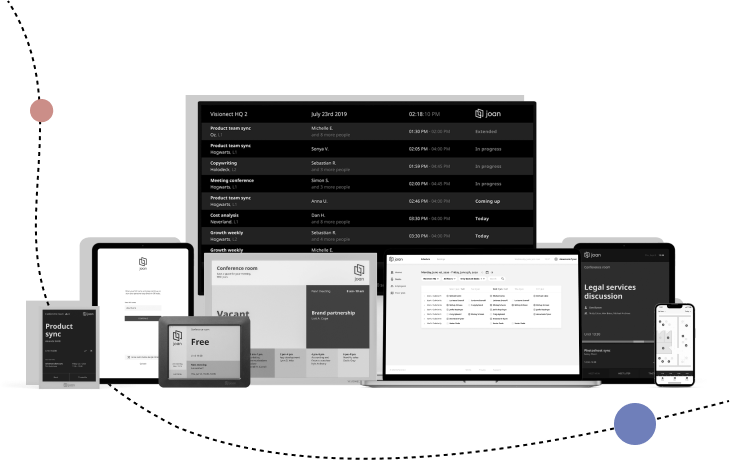



The concept of a hybrid workplace strategy signifies a transformative shift from traditional, static work setups to more flexible and adaptable models that cater to the evolving needs of employees and employers alike. This shift has gained significant traction in recent years, as companies across various industries recognize the numerous advantages of blending remote and in-office work environments.
With the flexibility to choose where and how work is done, employees can enjoy greater autonomy and freedom, resulting in increased job satisfaction and overall well-being. As the world continues to adapt to the changing dynamics of work, the hybrid workplace strategy emerges as a progressive solution that allows companies to embrace the best of both worlds and thrive in the modern era.
By embracing a hybrid approach, organizations can foster a work culture that promotes collaboration, innovation, and work-life balance, while also leveraging the benefits of technology to enhance productivity and efficiency.
In fact, recent statistics show that a substantial number of companies in the US are transitioning to hybrid workplace models. This trend is expected to continue with approximately 72% of organizations adopting this approach by the year 2023, according to a report by Grant Thornton. This shift towards hybrid work arrangements reflects the evolving needs and preferences of both employers and employees, as it offers the flexibility of remote work while still allowing for in-person collaboration and connection. (Source: Grant Thornton)
Establishing clear hybrid work requirements refers to defining specific guidelines and expectations for employees who work in both remote and in-office settings. Hybrid work requirements encompass defining work hours, communication expectations, task management protocols, in-person attendance guidelines, equipment standards, and performance evaluation criteria to ensure an effective and balanced work environment for both remote and in-office employees.
These requirements outline the necessary conditions and criteria that employees need to meet in order to effectively perform their jobs in a hybrid work environment. By clearly defining these requirements, companies can ensure that their hybrid work strategy is well-defined and aligned with the needs and preferences of their employees.
In a hybrid workplace, it’s essential to clearly define the role of the physical office space. This entails determining how the office will support specific functions such as collaborative projects, team meetings, focused tasks, and any other activities crucial to achieving the organization’s objectives. This clarity ensures that in-person work maintains its significance and contributes meaningfully to the overall goals of the company.
When building a successful hybrid workplace strategy, it’s crucial to carefully assess and choose technology providers that offer the tools and platforms necessary for smooth communication, efficient collaboration, and effective task management between remote and in-office teams. This process involves seeking out and implementing technology solutions that support seamless integration and interaction across all work environments. For example, scheduling devices such as Joan can be tremendously helpful for booking meeting spaces while in the office, or utilizing software like Joan Desk & Asset Booking to select your preferred desk or parking spot upon arriving at the office.
Regular and transparent communication serves as the foundation of a successful hybrid work environment. Understanding the significance of effective communication channels and practices can greatly improve teamwork, clarity, and employee engagement.
Consistently monitoring and optimizing your hybrid workplace strategy is crucial for its long-term success. By actively gathering feedback, analyzing performance metrics, and adapting to evolving needs, companies can guarantee that their hybrid model continues to be effective and supportive of their workforce.
You may also be interested in:
The 5Cs of hybrid working typically encompass key principles for navigating the challenges and opportunities presented by a hybrid work model.
These may include concepts such as:
When seeking the right workplace experience platform, companies should prioritize solutions that seamlessly integrate with their hybrid workplace strategy. This involves identifying platforms that facilitate efficient collaboration, employee engagement, task management, and the fostering of a cohesive organizational culture within a hybrid work setting.
Finding the perfect platform to elevate your hybrid workplace experience can be a daunting task, but Joan stands out as the all-encompassing solution for any organization looking to streamline their office operations. With Joan, you tap into an extensive suite of tools that cater to every aspect of workplace management.
Joan’s platform offers an intuitive interface for Room Booking, Desk and Asset booking, ensuring that employees can effortlessly reserve their workspaces. This not only improves productivity but also assists in managing office resources effectively. But Joan goes beyond just booking; it’s a holistic system that also encompasses Visitor Management, tackling front-desk challenges with ease. This comprehensive approach to workplace management places Joan as the ideal partner for companies transitioning to or optimizing their hybrid work models.
By considering these critical aspects, companies can lay the groundwork for a successful and sustainable hybrid workplace strategy that meets the needs of both the organization and its employees.
Continue reading about: